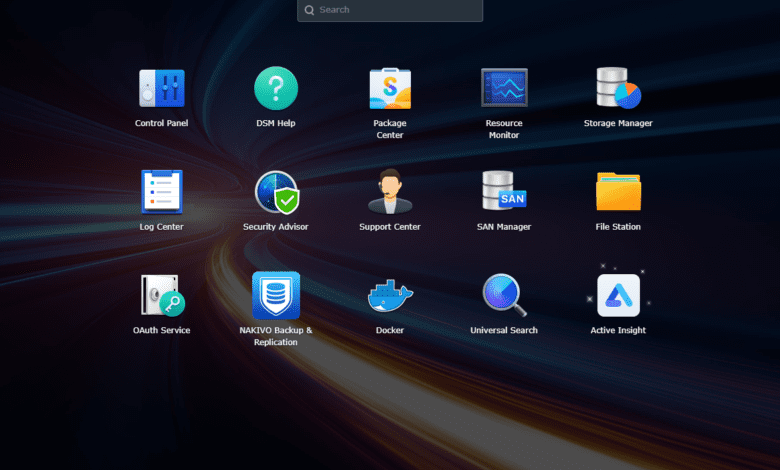
One of the things I like about Synology NAS devices is the apps and the built-in technologies that make the solution seamless and easy to use. Synology has done a great job of providing many great tools for that purpose. One is the Synology QuickConnect configuration, allowing you to connect to your Synology NAS remotely and access files and other resources. This post will look at Synology QuickConnect setup and configuration and see how you can easily configure the solution for easy remote access.
What is Synology QuickConnect?
Synology QuickConnect is a feature provided by Synology for their NAS devices, designed to simplify remote access and bypass the need for complex network configurations, such as port forwarding or Dynamic DNS. With QuickConnect, users can easily access their Synology NAS services, such as file sharing, media streaming, and data backup, from any device with an internet connection.
QuickConnect creates a unique ID for your Synology NAS, which is then linked to your Synology account. When you try to access your NAS remotely using this QuickConnect ID, your request is routed through Synology servers, establishing a secure connection between your device and your NAS.
This process allows users to access their NAS without configuring advanced network settings or remembering their IP address.
Steps to set up QuickConnect on your Synology DiskStation
Setting up Synology QuickConnect on your DiskStation is a simple process allowing you to access your Synology NAS remotely without needing complicated network settings or port forwarding.
First, log in to your Synology DiskStation Manager (DSM) using your local IP address.
Once logged in, open the Control Panel > External Access menu and navigate to the QuickConnect tab. If you do not have a Synology account, you can create a new one from the login page.
Enable Synology QuickConnect by checking the “Enable QuickConnect” box and following the on-screen instructions to link your Synology account and access your Synology server.
After enabling QuickConnect, you will receive a unique QuickConnect ID. Note this ID, which you will need to access your Synology NAS remotely.
Alternatively, you can disable QuickConnect using the reverse of the process.
Using Synology QuickConnect to Access Synology Services
Once you have enabled QuickConnect on your Synology DiskStation, you can use the QuickConnect ID to access various Synology services such as File Station, Synology Photos, and Synology Drive. To access these services, enter your QuickConnect ID in the Synology app or web interface.
How to use QuickConnect to access your Synology NAS remotely
With QuickConnect enabled, accessing your Synology NAS remotely is a breeze. First, open your preferred web browser and type in the following address, which has you enter your Synology QuickConnect ID: https://quickconnect.to/YourQuickConnectID.
Replace “YourQuickConnectID” with the actual QuickConnect ID you received earlier. You will be directed to the login page of your Synology NAS. Enter your user account credentials to log in and access your files and services.
Accessing Synology Mobile Applications
Synology offers a range of mobile apps for Android and iOS devices, allowing you to access your Synology NAS services on the go. Some popular Synology apps include DS file, DS photo, and DS audio.
To access these apps, simply download and install them on your mobile device and enter your QuickConnect ID when prompted.
Accessing Synology NAS Services from official Synology Android Apps
Once you have the Synology Android apps installed, accessing your NAS services is straightforward. Open the app, enter your QuickConnect ID, and log in with your user account credentials. You can now access your Synology NAS services from your Android device.
QuickConnect may not be “quick”
While QuickConnect offers a convenient way to access your Synology NAS remotely, it may not always provide the fastest connection speeds. This is because the QuickConnect relay service is used when a direct connection is not possible, which can result in slower data transfer rates since your data is funneling through Synology servers.
Consider configuring port forwarding on your router and using Dynamic DNS to improve connection speeds.
Best Practices with Synology QuickConnect
To ensure optimal performance and security when using QuickConnect, follow these best practices:
Keep your Synology NAS and DSM software up-to-date to ensure compatibility and receive the latest security patches.
Use strong, unique passwords for your Synology account and user accounts.
Enable two-factor authentication for added security.
Regularly monitor your Synology NAS logs for any suspicious activity.
Configure port forwarding and use Dynamic DNS for faster connections when possible.
Dynamic DNS and Synology NAS server
Configuring Dynamic DNS (DDNS) and port forwarding on your router allows you to maintain more control over your remote access and improve connection speeds.
While setting up DDNS and port forwarding can be more time-consuming than using QuickConnect, the benefits include a direct connection to your Synology NAS server and bypassing the QuickConnect relay service, which can result in faster data transfer rates than when you enable Quickconnect relay service.
To configure DDNS on your Synology NAS:
Go to the Control Panel, then navigate to the External Access section.
Follow the on-screen instructions to set up a DDNS service. Once DDNS is set up, you must configure port forwarding rules on your router.
Below is the DDNS settings under the External Access tab.
Under the Advanced settings, you can specify a hostname or static IP to open files on the Synology NAS with Internet services like Google Docs or Pixlr Editor.
Consult your router’s documentation for specific instructions on creating port forwarding rules for your Synology NAS services.
Synology QuickConnect Plex
Plex is a popular media server application that can be installed on your Synology NAS. While QuickConnect simplifies remote access for most Synology services, it does not support Plex directly.
To remotely access your Plex server on a Synology NAS, you must set up port forwarding rules on your router and use a DDNS service or Plex’s built-in remote access feature.
Figure out the port number and the IP address of the server
To configure port forwarding rules for your Synology NAS, you will need to know the local IP address of your NAS and the port numbers for the services you want to access remotely.
You can find the local IP address of your Synology NAS in the Control Panel under Network settings. Port numbers for various Synology services can be found in the DSM Help documentation.
Set Up QuickConnect In DSM6
DSM6 is the legacy operating system for Synology NAS devices. However, setting up QuickConnect in DSM6 is similar to the process in newer versions of DSM. Log in to your Synology NAS using your local IP address, then open the Control Panel and navigate to the QuickConnect settings.
Enable QuickConnect by linking it to your Synology account and follow the on-screen instructions to generate your QuickConnect ID.
Summarizing Enabling QuickConnect
As previously described, enabling QuickConnect is a straightforward process. Log in to your Synology NAS, open the Control Panel, and navigate to the QuickConnect settings.
Check the “Enable QuickConnect” box and link your Synology account to generate your QuickConnect ID. Make sure to keep a record of your QuickConnect ID for future use.
A simple alternative to port forwarding
Synology QuickConnect is a convenient feature that simplifies remote access to your Synology NAS without complex network settings or port forwarding.
Following the steps outlined in this blog post, you can easily set up and use QuickConnect to access your Synology services from anywhere with an internet connection.
However, consider configuring Dynamic DNS and port forwarding as an alternative remote access solution for optimal performance and security.
Synology QuickConnect allows users to access their Synology NAS devices and services without needing advanced network configuration.
With a wide range of mobile apps available, users can access their files and media on the go, making the most of their Synology NAS experience.
QuickConnect limitations
While QuickConnect is a convenient solution for remote access, it’s essential to be aware of its limitations, such as potentially slower connection speeds when using the relay service.
By following best practices, including keeping your Synology NAS up-to-date, using strong passwords, and enabling two-factor authentication, you can improve the security and performance of your remote access experience.
Dynamic DNS may be a better option
For those seeking more control and faster connection speeds, configuring Dynamic DNS and port forwarding can be a worthwhile investment of time and effort.
These advanced settings allow users to bypass the QuickConnect relay service, resulting in more direct connections and better data transfer rates.
Regardless of your remote access method, Synology NAS devices offer a powerful and versatile solution for file sharing, media streaming, and data storage.
By leveraging QuickConnect, Dynamic DNS, or a combination of both, you can enjoy secure and convenient access to your Synology NAS services anytime, anywhere.
Understanding those advanced settings
Advanced options in Synology NAS devices, such as Dynamic DNS and port forwarding, can be initially intimidating but are crucial for users seeking more control and better performance.
Dynamic DNS is a service that automatically updates your public IP address with a domain name, making it easier to access your NAS remotely.
Port forwarding, conversely, involves configuring your router to direct incoming network traffic to specific devices or services within your local network.
To understand and configure these advanced settings, consult your Synology NAS and router documentation. Familiarizing yourself with these settings will help you optimize your remote access experience and ensure a more secure and efficient connection to your Synology NAS.
Accessing the server’s login page remotely
To access your Synology NAS server’s login page remotely using QuickConnect, open a web browser and enter the following address: https://quickconnect.to/YourQuickConnectID. Replace “YourQuickConnectID” with your actual QuickConnect ID.
This will take you to the login page of your Synology NAS, where you can enter your user account credentials to access your files and services.
File Sharing with Synology QuickConnect
Synology QuickConnect makes file sharing a seamless experience. Once you have enabled QuickConnect on your Synology NAS, you can easily use Synology’s File Station to share files with others.
File Station is a web-based file management tool that allows you to browse, organize, and share files stored on your Synology NAS.
To share a file, log in to File Station and navigate to the file or folder you wish to share. Right-click on the file or folder and select “Share.” A sharing link will be generated, which you can send to others for easy access to the shared content.
Recipients can then use the link to download or view the shared files without needing a Synology account.
Automatically create port forwarding rules
Synology DSM has a means under Control panel to help configure the connection between your Synology NAS and your router. Navigate to Router Configuration.
Securing your Synology NAS and account
It’s essential to keep your Synology account up-to-date and secure to ensure the best possible experience with QuickConnect and other Synology services. Regularly check your account settings to confirm that your email address, password, and additional personal information are accurate and current.
Additionally, enable two-factor authentication for an added layer of security, and monitor your account for any suspicious activity. Maintaining a secure Synology account allows you to enjoy a safe and reliable remote access experience with your Synology NAS.
Wrapping up
Synology QuickConnect is a simple and easy way to enable connectivity to your Synology NAS device without needing a lot of networking experience or going through the configuration of setting up port forwarding. It is a simple checkbox in your External access settings and doesn’t require complex tasks to enable.
As mentioned, you won’t see the best performance when enabling QuickConnect, as Synology servers proxy your connection to your Synology device. If you want the best performance, you will want to configure dynamic DNS and port forwarding.


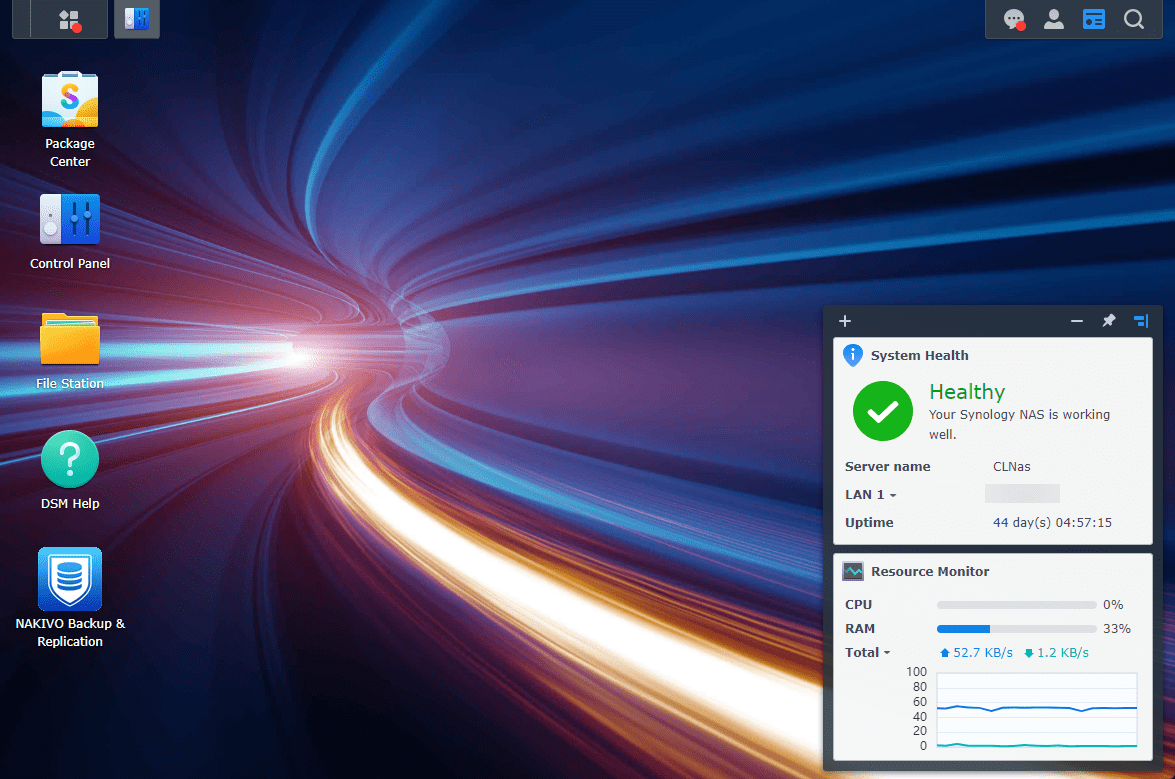
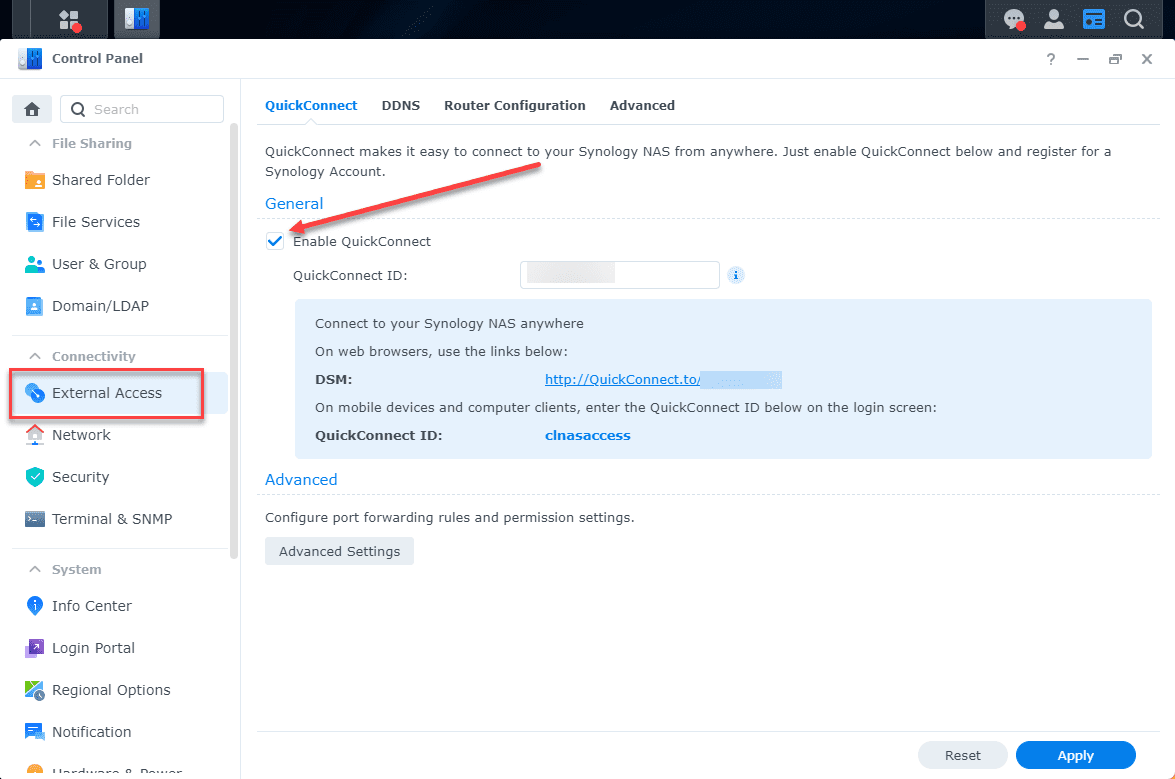
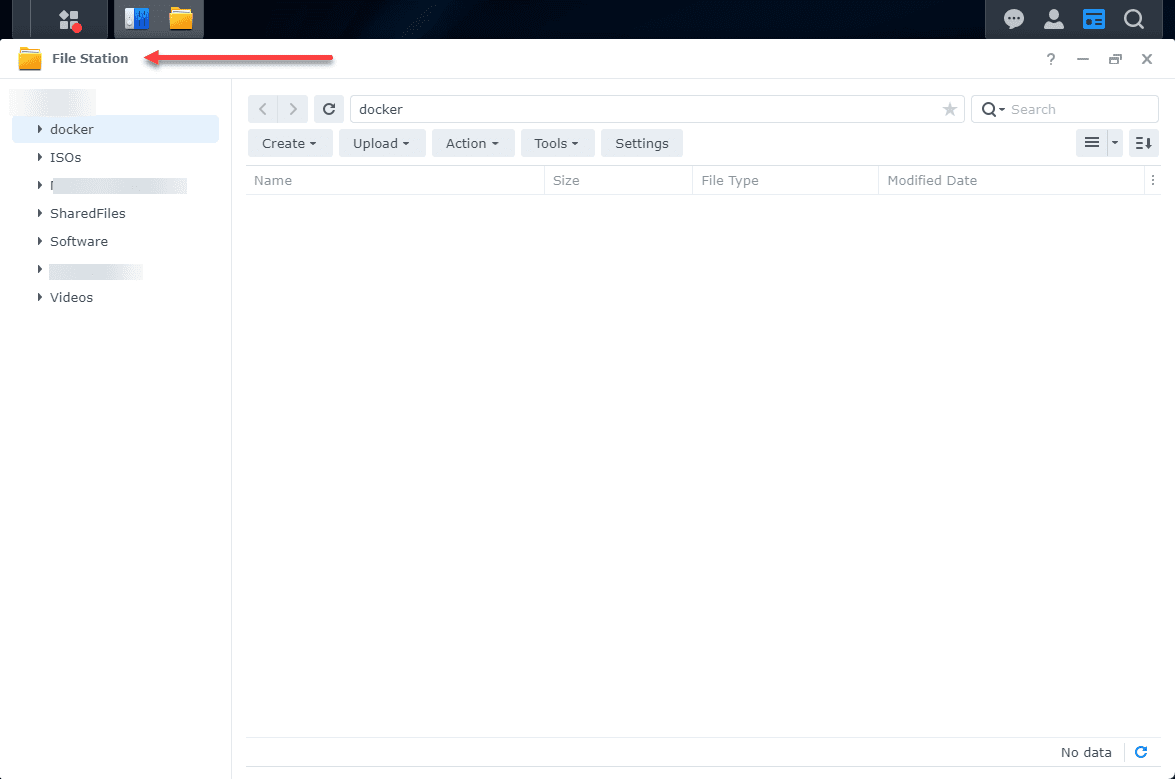
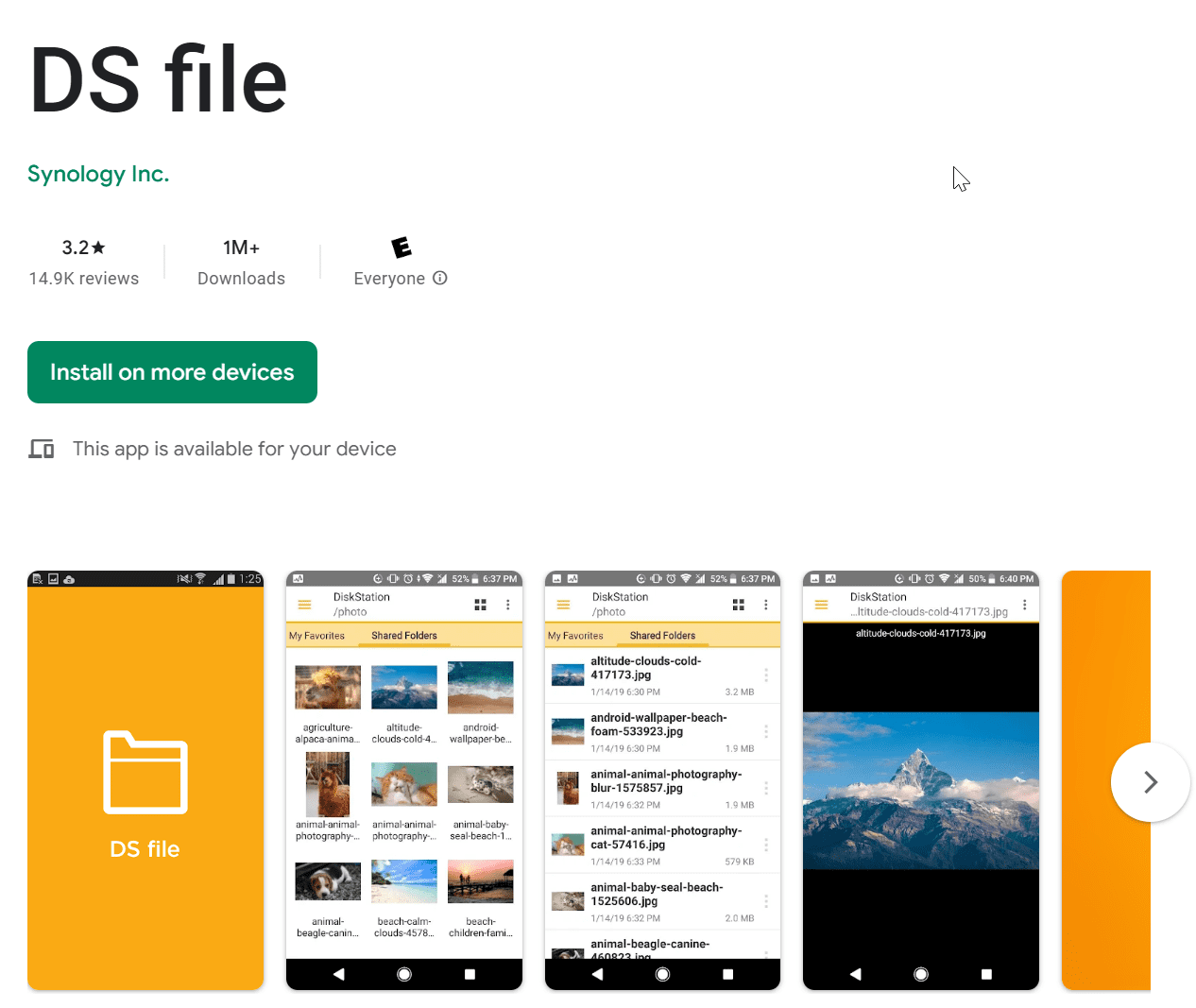
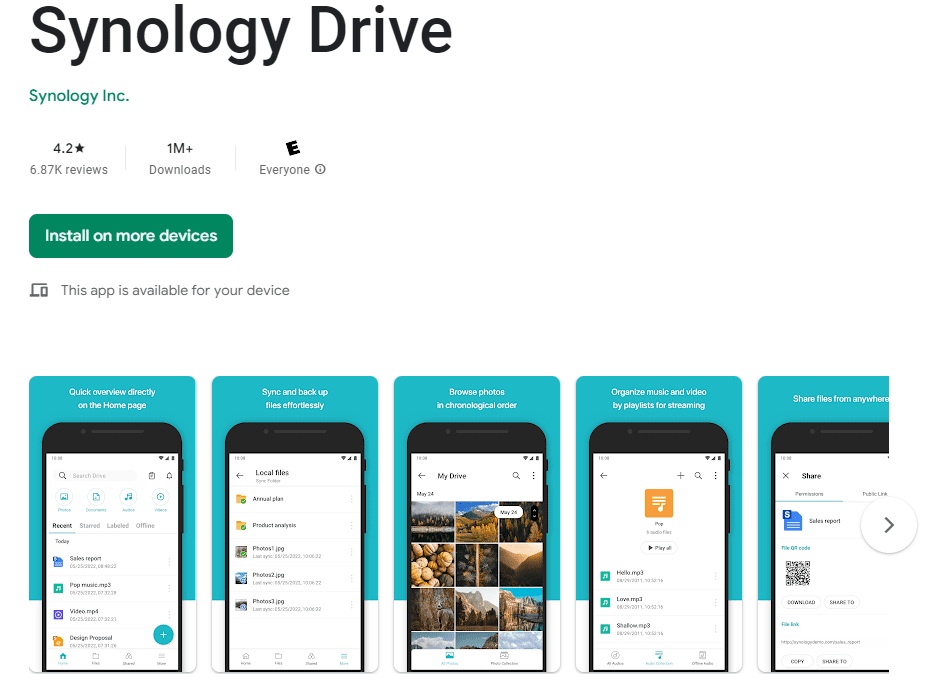
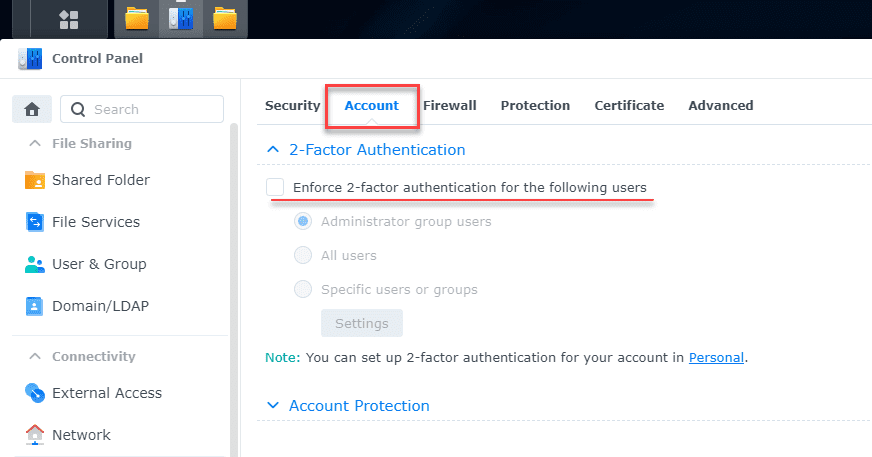
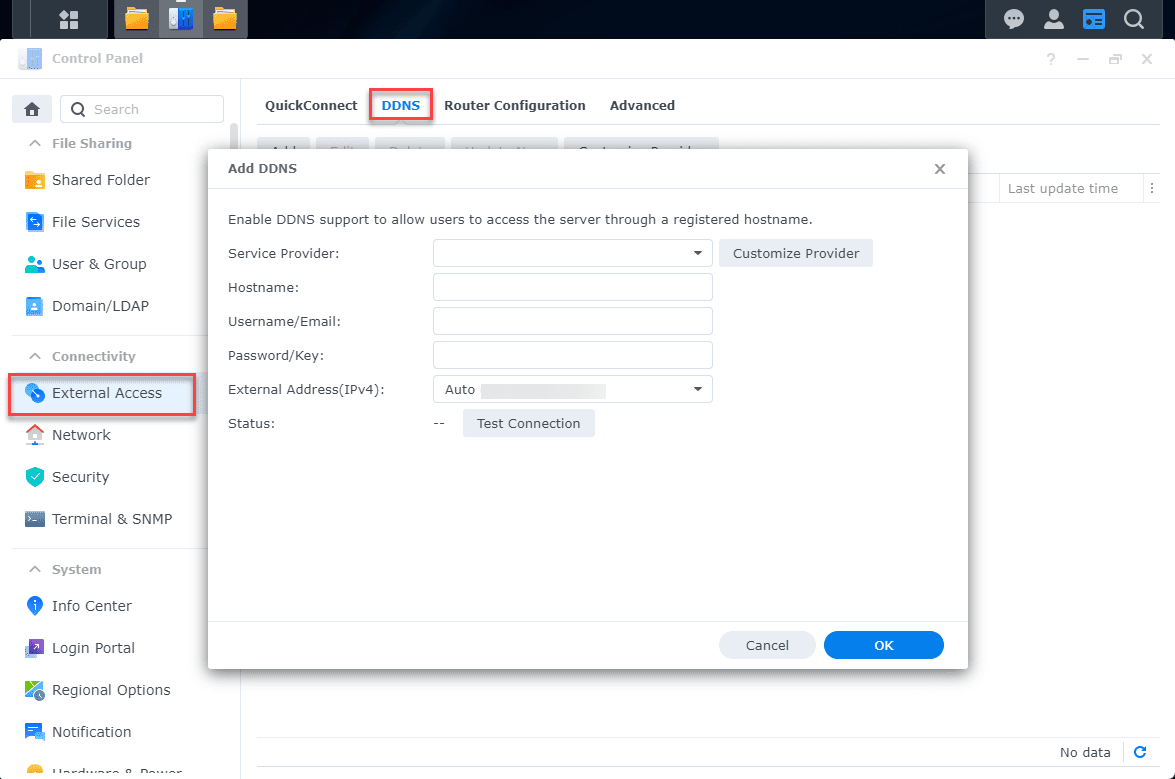
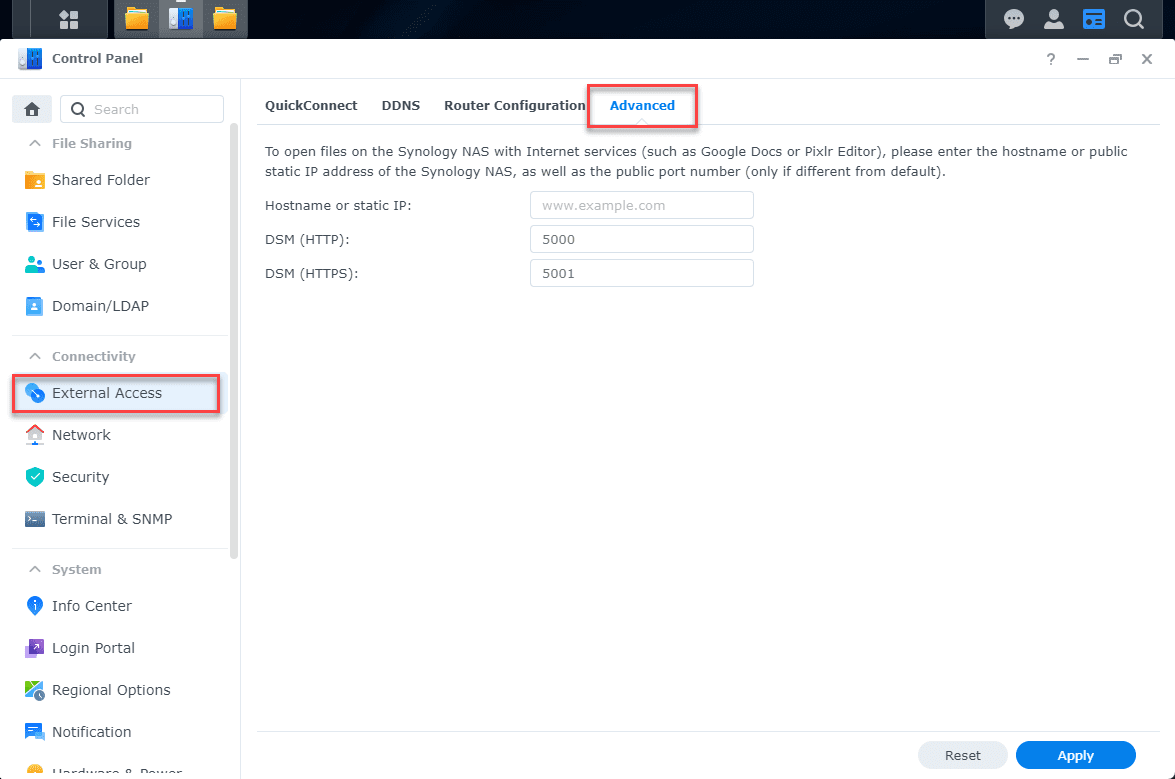
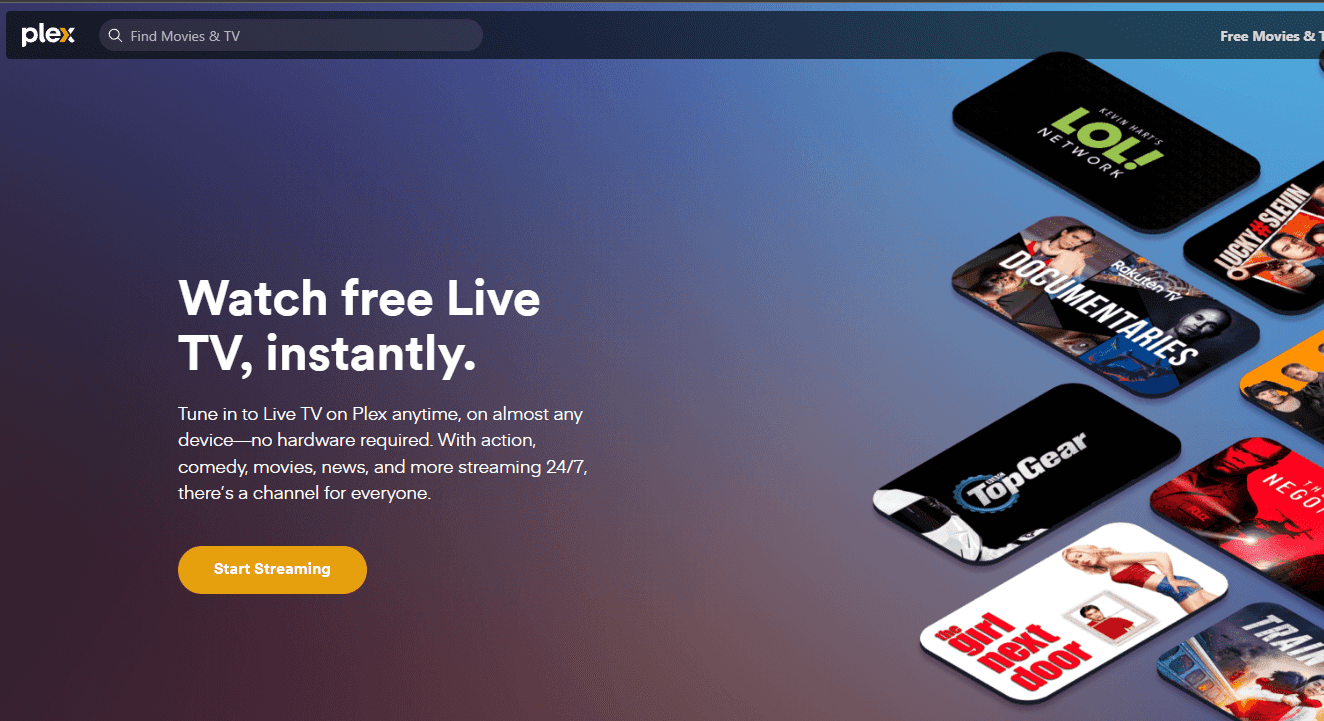
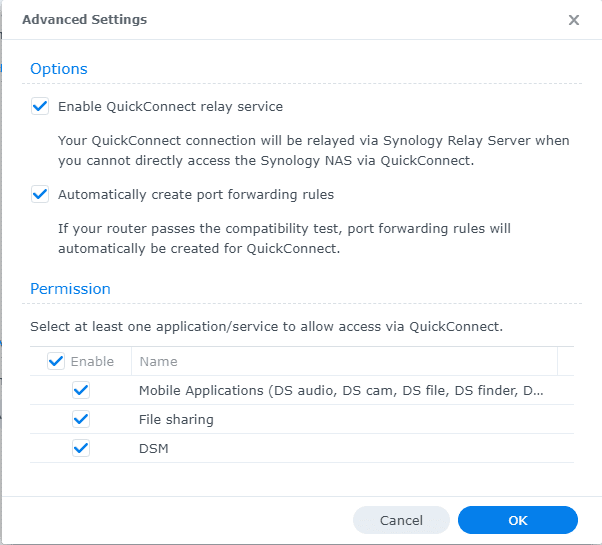
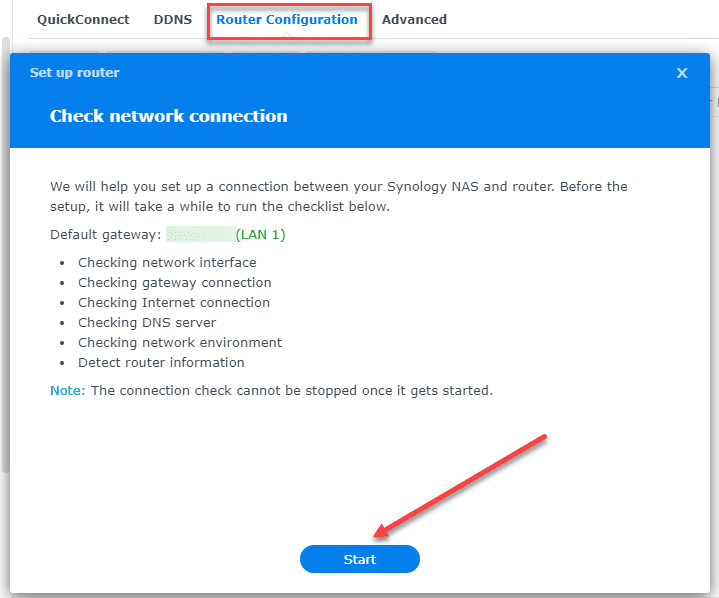
0 Comments